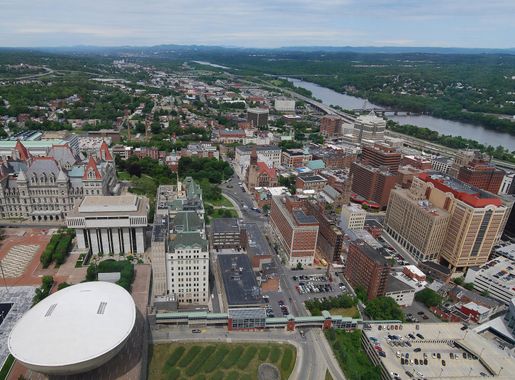
Discover the Heartbeat of Albany: Downtown Albany
Explore Downtown Albany: A vibrant blend of history, culture, and modern charm in the heart of New York's capital city.
Welcome to Downtown Albany, the vibrant core of New York's capital city. This bustling neighborhood, rich in history and culture, offers an eclectic mix of attractions that cater to all tastes. From historic landmarks to contemporary art galleries, there's something for everyone here. As you stroll through its streets, you'll find a harmonious blend of old-world charm and modern innovation. Begin your journey at the iconic New York State Capitol, a stunning example of 19th-century architecture. Nearby, the Empire State Plaza offers a striking contrast with its modernist design, featuring towering buildings, reflective pools, and the impressive Egg performing arts center. For history buffs, the Albany Institute of History & Art provides a fascinating glimpse into the region's past with its extensive collection of artifacts and exhibits. Food enthusiasts will delight in Downtown Albany's diverse culinary scene. Savor farm-to-table dishes at local eateries, indulge in international cuisine, or simply enjoy a cup of artisanal coffee at one of the many cozy cafes. The neighborhood also boasts a lively nightlife, with an array of bars, pubs, and live music venues to explore. Whether you're catching a show at The Palace Theatre or enjoying a leisurely walk along the Hudson River, Downtown Albany promises a memorable experience for every visitor.
Local tips in Downtown Albany
- Visit the New York State Capitol for free guided tours, available Monday through Friday.
- Check out the local farmers' market at the Empire State Plaza, open seasonally on Wednesdays.
- Parking can be limited; consider using public transportation or ride-sharing services.
- Don't miss the view from Corning Tower's observation deck for a panoramic look at the city.
- Wear comfortable shoes as the best way to explore Downtown Albany is on foot.
Discover the Heartbeat of Albany: Downtown Albany
Welcome to Downtown Albany, the vibrant core of New York's capital city. This bustling neighborhood, rich in history and culture, offers an eclectic mix of attractions that cater to all tastes. From historic landmarks to contemporary art galleries, there's something for everyone here. As you stroll through its streets, you'll find a harmonious blend of old-world charm and modern innovation. Begin your journey at the iconic New York State Capitol, a stunning example of 19th-century architecture. Nearby, the Empire State Plaza offers a striking contrast with its modernist design, featuring towering buildings, reflective pools, and the impressive Egg performing arts center. For history buffs, the Albany Institute of History & Art provides a fascinating glimpse into the region's past with its extensive collection of artifacts and exhibits. Food enthusiasts will delight in Downtown Albany's diverse culinary scene. Savor farm-to-table dishes at local eateries, indulge in international cuisine, or simply enjoy a cup of artisanal coffee at one of the many cozy cafes. The neighborhood also boasts a lively nightlife, with an array of bars, pubs, and live music venues to explore. Whether you're catching a show at The Palace Theatre or enjoying a leisurely walk along the Hudson River, Downtown Albany promises a memorable experience for every visitor.
Iconic landmarks you can’t miss
New York State Museum
Explore New York's history, art, and science at the New York State Museum in Albany, a cultural gem for all ages.
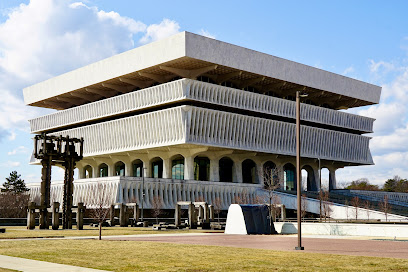
Washington Park
Explore the lush landscapes and vibrant gardens of Washington Park, a serene urban oasis in Albany, NY, perfect for relaxation and recreation.
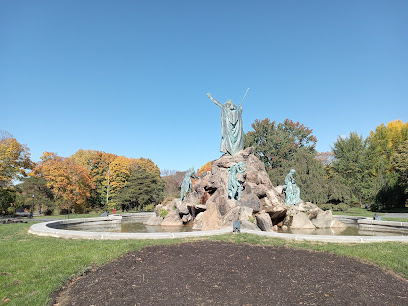
Empire State Plaza
Experience the architectural grandeur and cultural richness of the Empire State Plaza in Albany, New York – a perfect blend of art, history, and government.
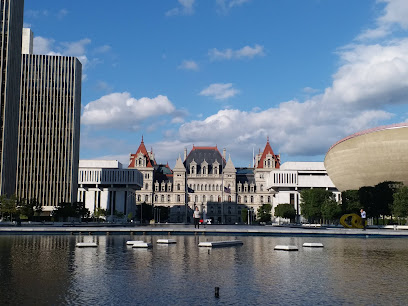
New York State Capitol
Explore the New York State Capitol, a historic landmark showcasing stunning architecture, rich history, and scenic views in Albany, New York.
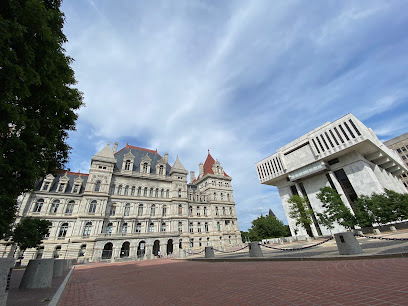
USS SLATER
Discover the USS SLATER in Albany, NY: A captivating floating museum showcasing the legacy of World War II naval history.

Albany Institute of History & Art
Explore Albany's rich cultural heritage at the Albany Institute of History & Art, where history and art come alive in an engaging and educational experience.
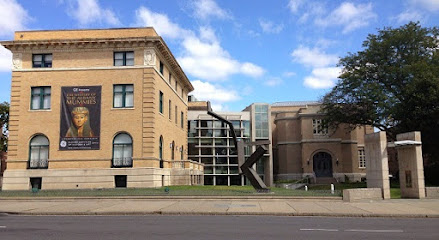
Corning Preserve
Experience the picturesque Corning Preserve in Albany, NY—a serene park with stunning views, walking trails, and vibrant community events.
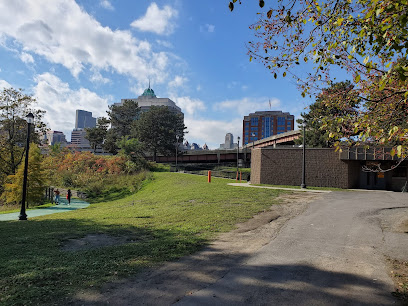
Schuyler Mansion State Historic Site
Explore the grandeur of 18th-century America at Schuyler Mansion State Historic Site, a historical gem in Albany, NY, rich with stories and stunning architecture.
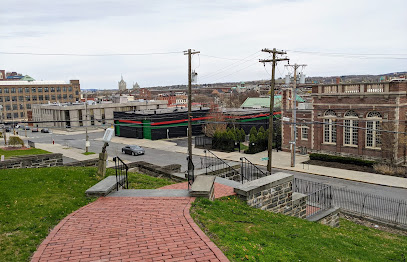
Ten Broeck Mansion
Explore the Ten Broeck Mansion, a gem of Albany's history with stunning gardens and captivating exhibits that transport you to the 18th century.
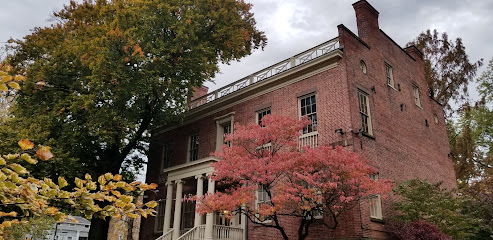
Historic Cherry Hill
Discover the captivating history of Albany at Historic Cherry Hill - a beautifully preserved mansion and museum showcasing local heritage.
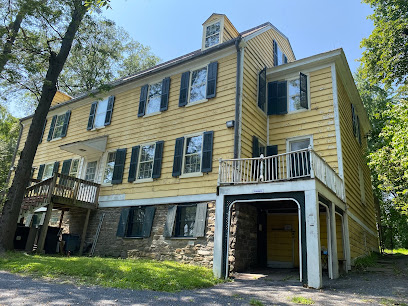
Van Ostrande–Radliff House
Explore the Van Ostrande–Radliff House, a historic gem in Albany showcasing 18th-century architecture and culture, perfect for history lovers.
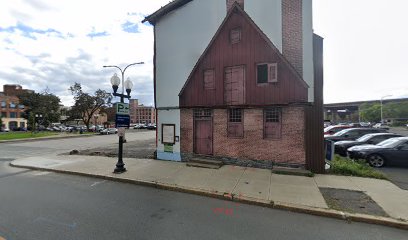
Eternal Flame
Explore the Eternal Flame in Albany, a captivating historical landmark symbolizing resilience, remembrance, and the rich heritage of New York State.
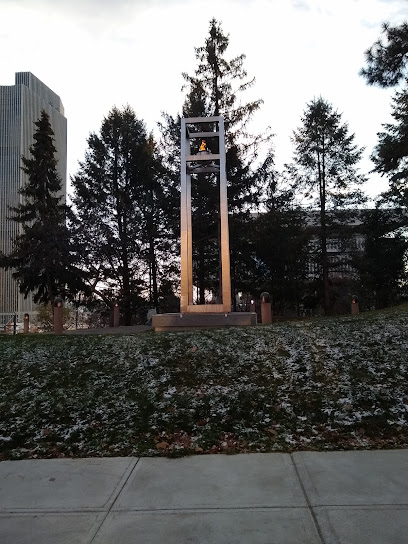
Site of Oldest Building in Albany - 1667
Explore Albany's oldest building, a historical landmark from 1667 that showcases the city's rich architectural heritage and captivating history.
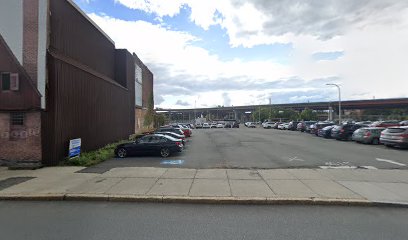
Unmissable attractions to see
Albany Institute of History & Art
Explore the Albany Institute of History & Art, a cultural hub showcasing regional art and history in a beautifully curated setting.

Dutch Apple Cruises & Tours
Explore Albany, NY, from the water with Dutch Apple Cruises, offering scenic views, live music, and unforgettable experiences on the Hudson River.
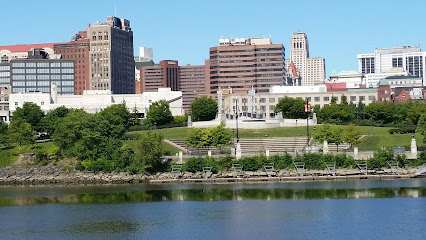
Huck Finn's Playland
Experience joy and adventure at Huck Finn's Playland, Albany's premier amusement park with rides, games, and seasonal festivals for all ages.
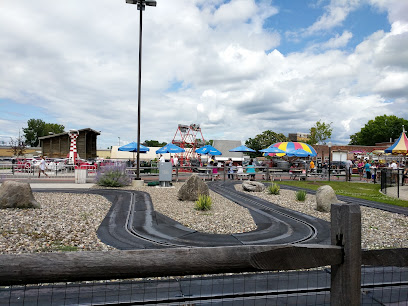
Essential places to dine
Iron Gate Cafe
Experience the flavors of America at Iron Gate Cafe in Albany—where every meal is crafted with care and passion.
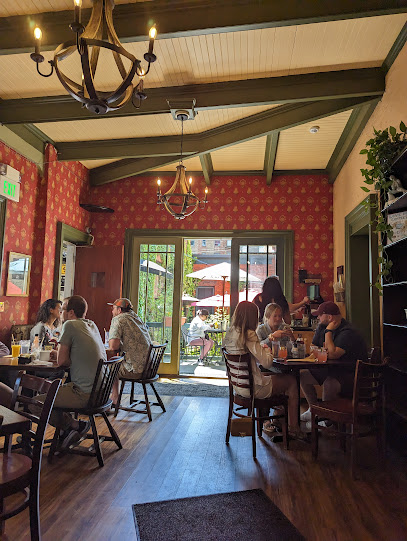
The Hollow Bar + Kitchen
Experience the vibrant flavors of American cuisine at The Hollow Bar + Kitchen in downtown Albany – where food meets live entertainment.
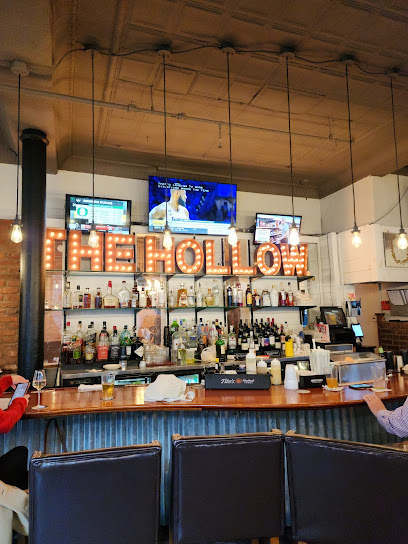
677 Prime
Experience culinary excellence at 677 Prime, Albany's premier steakhouse offering exquisite dishes and an unforgettable dining atmosphere.
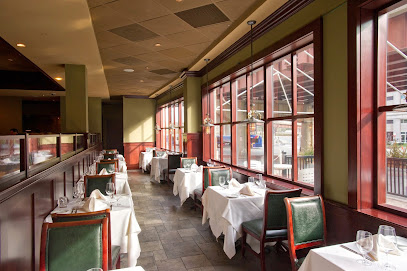
Ama Cocina
Discover authentic Mexican cuisine at Ama Cocina in Albany, NY – where vibrant flavors meet warm hospitality.
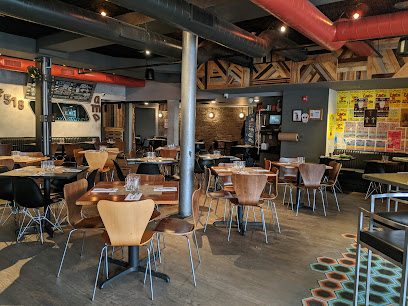
Parish Public House
Discover authentic Cajun flavors at Parish Public House in Albany - a vibrant restaurant-bar with live music and unforgettable dishes.
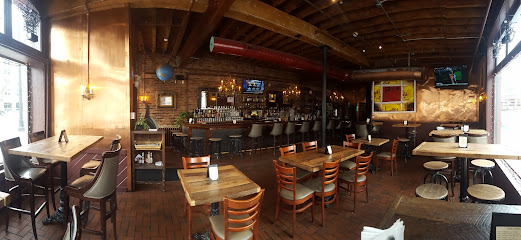
Umana Yana
Discover the vibrant flavors of Umana Yana in Albany - a must-visit restaurant offering delicious brunch and bar experiences.
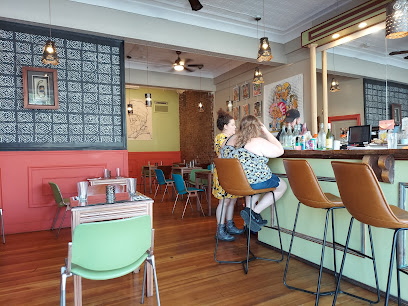
Wellington's
Experience culinary excellence at Wellington's in Albany - where fine dining meets seasonal flavors in an elegant setting.
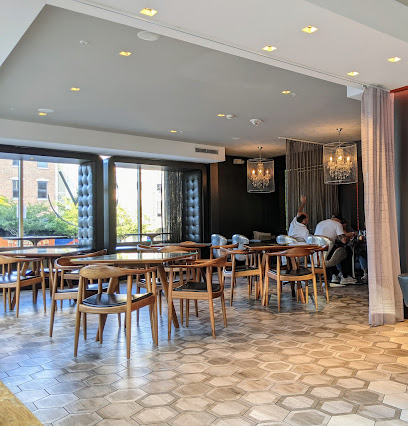
Yono's
Discover the exquisite flavors of Indonesia at Yono's, Albany's premier fine dining destination offering an unforgettable culinary experience.
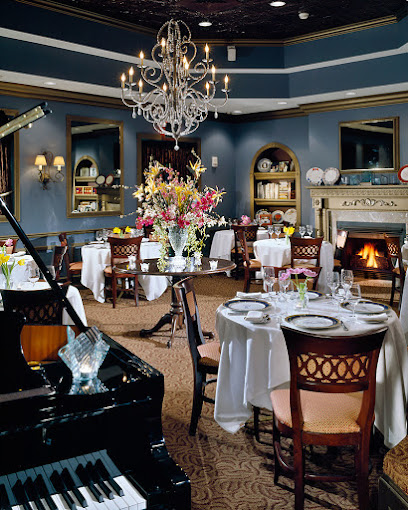
dp An American Brasserie
Experience exquisite American-French fusion cuisine at dp An American Brasserie in Albany; where every dish tells a story.
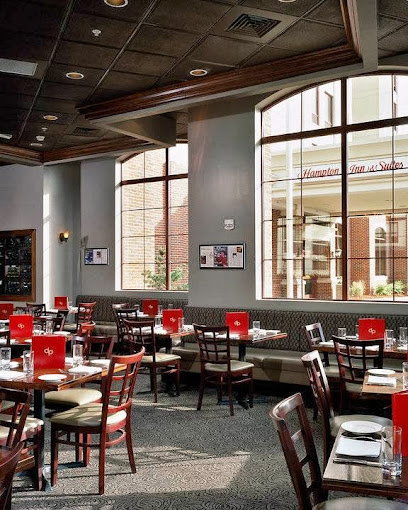
The Copper Crow
Discover unique American fusion cuisine at The Copper Crow in Albany – where flavors meet creativity in a vibrant dining atmosphere.
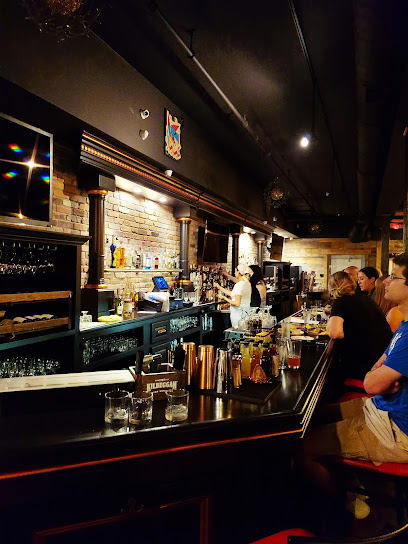
Markets, malls and hidden boutiques
Fort Orange General Store
Explore Fort Orange General Store: A treasure trove of local goods and unique gifts in Albany, NY, celebrating sustainability and community craftsmanship.
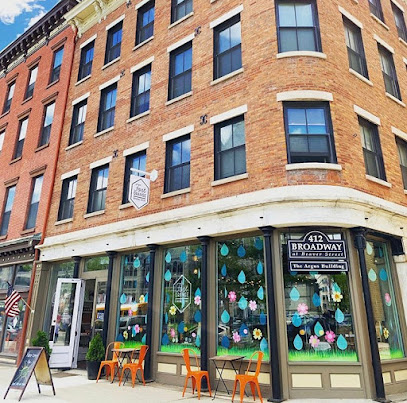
Fresh & Fly Clothing
Discover the latest fashion trends at Fresh & Fly Clothing in Albany, where style meets creativity in a vibrant shopping atmosphere.
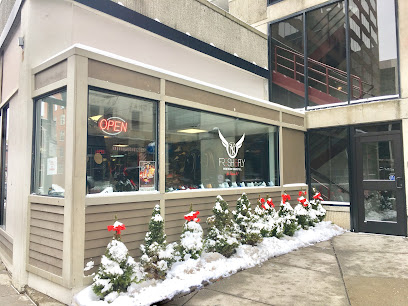
Romeo's Gifts Inc
Explore Albany's local culture at Romeo's Gifts Inc, where unique handmade treasures and artisanal gifts await every visitor.
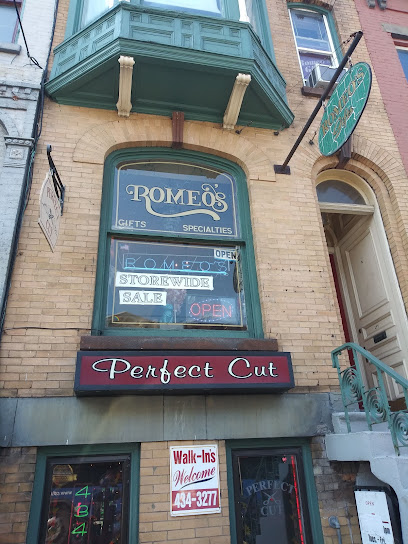
Rom Shop
Explore Rom Shop in Albany for a charming boutique experience with stylish clothing and unique gifts that reflect local culture.
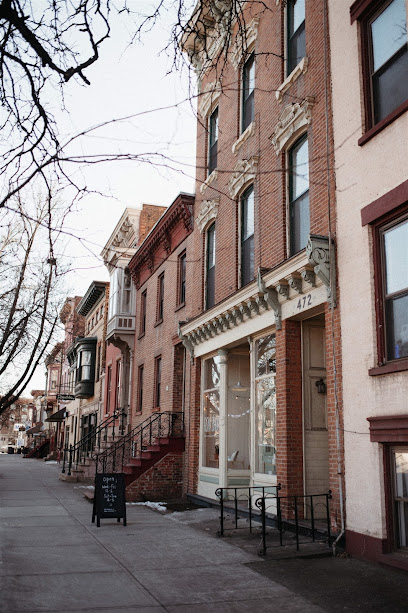
T.A.G Era - Thriving Among Deities Era
Explore T.A.G Era in Albany, NY, where fashion meets comfort and local artistry thrives in every stylish piece.

The Bevy Vintage Collective
Explore timeless fashion treasures at The Bevy Vintage Collective, Albany's premier vintage clothing store offering unique styles and sustainable shopping.
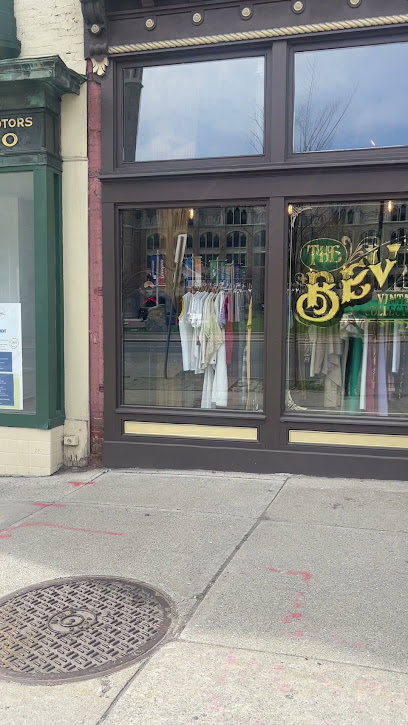
MPLUXX BOUTIQUE
Explore MPLUXX Boutique in Albany for a delightful shopping experience, where unique women's fashion meets personalized service.

BeUnieke Clothing
Explore BeUnieke Clothing in Albany for unique styles and local fashion that reflects your individuality during your travels.

Holographic Rainbow Kitties, LLC
Discover the colorful charm of Holographic Rainbow Kitties, LLC, a unique gift shop in Albany offering whimsical gifts and collectibles for all ages.

SWEETPERSONA BOUTIQUE
Discover unique gifts and handmade treasures at Sweetpersona Boutique, a charming gift shop in Albany, New York, perfect for tourists seeking special souvenirs.

Essential bars & hidden hideouts
The City Beer Hall
Discover Albany's vibrant beer culture at The City Beer Hall, offering an extensive selection of craft brews and delicious food in a lively atmosphere.

The Hollow Bar + Kitchen
Experience the flavors of Albany at The Hollow Bar + Kitchen, a vibrant venue for American cuisine, live music, and unforgettable moments.
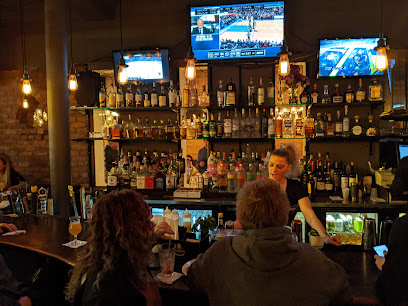
McGeary's
Discover the heart of Irish culture at McGeary's, Albany's premier Irish pub offering delicious food, drinks, and lively entertainment.
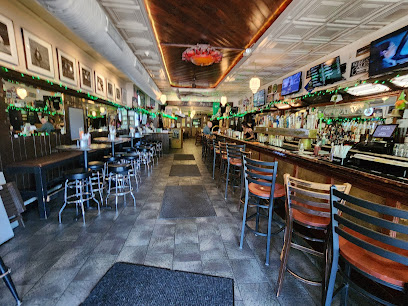
The Olde English Pub and Pantry
Discover the flavors of Britain with hearty meals and a vibrant atmosphere at The Olde English Pub and Pantry in Albany, NY.
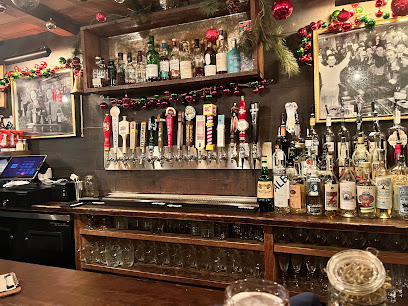
Parish Public House
Discover the vibrant atmosphere of Parish Public House, a Cajun restaurant and live music venue in Albany, NY, perfect for food and music lovers.

The Excelsior Pub
Experience the heart of Albany at The Excelsior Pub, where great food and friendly service come together in a cozy atmosphere.
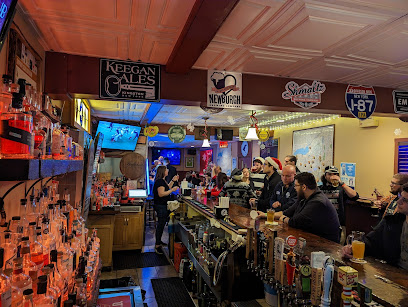
The Yard: Hatchet House and Bar
Experience the thrill of hatchet throwing and unwind with delicious drinks at Albany's premier bar and recreation center.
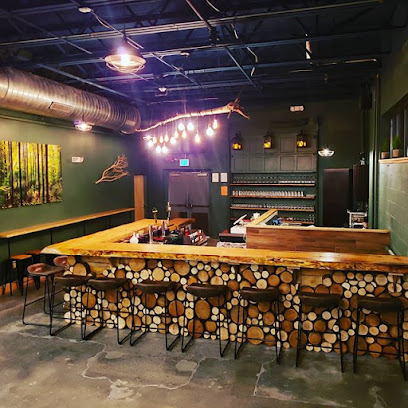
Loch & Quay
Discover the vibrant flavors and inviting atmosphere of Loch & Quay, Albany's premier bar and restaurant, perfect for a memorable dining experience.
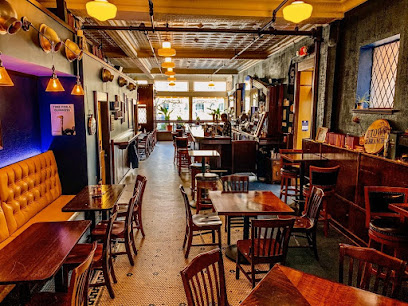
Palais Royale
Experience the vibrant nightlife of Albany at Palais Royale, a lively bar offering an extensive drink menu and a welcoming atmosphere.
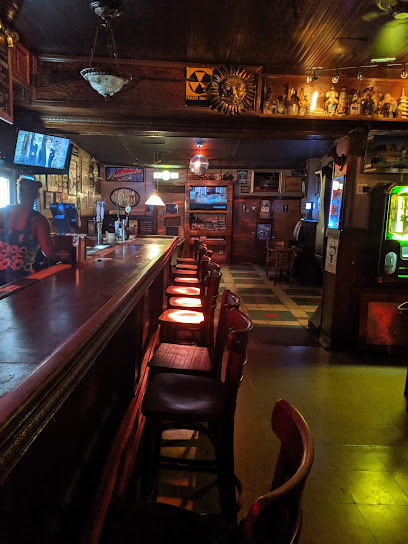
The Lark Street Tavern
Discover The Lark Street Tavern, Albany's vibrant bar and brunch spot, offering live entertainment, delicious food, and a welcoming atmosphere.
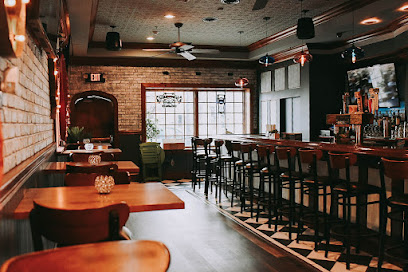
Local Phrases
-
- HelloHey
[hey] - GoodbyeLater
[lay-ter] - YesYeah
[yeh] - NoNah
[nah] - Please/You're welcomePlease/No prob
[pleez/no prob] - Thank youThanks
[thanks] - Excuse me/SorrySorry
[saw-ree] - How are you?How you doin'?
[how yoo doo-in] - Fine. And you?Good. You?
[good. yoo?] - Do you speak English?You speak English?
[yoo speak ing-glish?] - I don't understandI don't get it
[I don't get it]
- HelloHey
-
- I'd like to see the menu, pleaseCan I see the menu?
[can I see the menu?] - I don't eat meatI'm vegetarian
[I'm vegetarian] - Cheers!Cheers!
[cheers!] - I would like to pay, pleaseCheck, please
[check, please]
- I'd like to see the menu, pleaseCan I see the menu?
-
- Help!Help!
[help!] - Go away!Get lost!
[get lost!] - Call the Police!Call the cops!
[call the cops!] - Call a doctor!Get a doctor!
[get a doctor!] - I'm lostI'm lost
[I'm lost] - I'm illI'm sick
[I'm sick]
- Help!Help!
-
- I'd like to buy...I wanna buy...
[I wanna buy...] - I'm just lookingJust looking
[just looking] - How much is it?How much?
[how much?] - That's too expensiveToo much
[too much] - Can you lower the price?Can you do better?
[can you do better?]
- I'd like to buy...I wanna buy...
-
- What time is it?What time is it?
[what time is it?] - It's one o'clockIt's one
[it's one] - Half past (10)Half ten
[half ten] - MorningMorning
[morning] - AfternoonAfternoon
[afternoon] - EveningEvening
[evening] - YesterdayYesterday
[yesterday] - TodayToday
[today] - TomorrowTomorrow
[tomorrow] - 1One
[one] - 2Two
[two] - 3Three
[three] - 4Four
[four] - 5Five
[five] - 6Six
[six] - 7Seven
[seven] - 8Eight
[eight] - 9Nine
[nine] - 10Ten
[ten]
- What time is it?What time is it?
-
- Where's a/the...?Where's the...?
[where's the...?] - What's the address?What's the address?
[what's the address?] - Can you show me (on the map)?Can you show me?
[can you show me?] - When's the next (bus)?When's the next bus?
[when's the next bus?] - A ticket (to ....)A ticket to...
[a ticket to...]
- Where's a/the...?Where's the...?
History of Downtown Albany
-
Downtown Albany's history began in 1624 with the establishment of Fort Orange by the Dutch West India Company. This fort served as a trading post and a base for Dutch colonial expansion in the region, marking Albany as a critical point for trade and interaction between European settlers and Native American tribes.
-
By the late 17th century, Albany evolved into a major administrative center for the English and Dutch colonies. In 1686, it was granted a royal charter, becoming a city and solidifying its role as the capital of the Province of New York. This period laid the foundation for Albany's political significance, which would continue to grow over the centuries.
-
During the American Revolutionary War, Albany was a strategic military hub. The city served as a supply base for Continental Army troops and played an important role in the Battles of Saratoga in 1777. This involvement highlighted Albany's importance in the fight for independence and helped to shape its identity as a center of political activity.
-
The completion of the Erie Canal in 1825 transformed Albany's economy and transportation. As a terminus for the canal, Downtown Albany became a bustling trade hub, fostering economic growth and attracting immigrants. This period marked a significant demographic shift and established Albany as a key player in the state's commerce and industry.
-
The late 19th and early 20th centuries saw a wave of architectural development in Downtown Albany, including the construction of notable buildings like the New York State Capitol (completed in 1899) and the Albany City Hall. This architectural renaissance reflected the city's growth and aspirations, contributing to a rich cultural landscape that included theaters, museums, and educational institutions.
-
The mid-20th century brought challenges to Downtown Albany, including urban decay and economic decline. However, since the 1990s, revitalization efforts have transformed the area, with investments in infrastructure, parks, and cultural institutions. Today, Downtown Albany blends its historical roots with modern development, showcasing a vibrant mix of history, culture, and community.
Downtown Albany Essentials
-
Downtown Albany is easily accessible from various neighborhoods in Albany. If you're coming from the Albany International Airport, you can take a taxi or rideshare service, which takes approximately 20 minutes. The Albany-Amtrak train station is also conveniently located in Downtown Albany, providing service from major cities. Additionally, CDTA (Capital District Transportation Authority) buses run frequently between neighborhoods, making it simple to reach Downtown Albany.
-
Downtown Albany is very walkable, with many attractions close together. For public transport, the CDTA bus system provides extensive coverage throughout the area. The downtown area is also bike-friendly, with bike lanes and rental stations available. Taxis and rideshare services like Uber and Lyft are readily available for quicker travel.
-
Downtown Albany is generally safe for tourists, but it's important to remain vigilant. Areas such as parts of the South End and Arbor Hill may have higher crime rates, particularly after dark. Avoid walking alone at night in these neighborhoods and keep an eye on your belongings in crowded areas. Always trust your instincts and stay aware of your surroundings.
-
In case of an emergency, dial 911 for police, fire, or medical assistance. The nearest hospital, Albany Medical Center, is located a short distance from Downtown. It’s advisable to have travel insurance, and pharmacies are available for minor health needs. Familiarize yourself with the location of the nearest police station and hospital for peace of mind.
-
Fashion: Do dress comfortably and in layers, as the weather can change. Don’t wear overly casual attire if visiting upscale restaurants. Religion: Do respect local customs, especially in places of worship. Public Transport: Do be courteous and give up your seat to those in need. Don’t play loud music or engage in disruptive behavior. Greetings: Do greet people with a smile and a friendly 'hello.' Don’t interrupt conversations. Eating & Drinking: Do try local specialties and dine at local restaurants. Don’t consume alcohol in public spaces or litter.
-
To experience Downtown Albany like a local, take a stroll through the Empire State Plaza, especially during events or farmers' markets. Visit local eateries for authentic Albany cuisine and ask locals for their favorite spots. Engaging with residents can lead to discovering hidden gems and lesser-known attractions. Consider exploring the Albany Institute of History & Art for a taste of local culture and history.
Trending Landmarks in Downtown Albany
-
New York State Museum
-
Washington Park
-
Empire State Plaza
-
New York State Capitol
-
USS SLATER
-
Albany Institute of History & Art
-
Corning Preserve
-
Schuyler Mansion State Historic Site
-
Ten Broeck Mansion
-
Historic Cherry Hill
-
Van Ostrande–Radliff House
-
Eternal Flame
-
Site of Oldest Building in Albany - 1667
Nearby Cities to Downtown Albany
-
Things To Do in Hudson
-
Things To Do in Saratoga Springs
-
Things To Do in Bennington
-
Things To Do in Brattleboro
-
Things To Do in Poughkeepsie
-
Things To Do in Rutland
-
Things To Do in Keene
-
Things To Do in West Hartford
-
Things To Do in Hartford
-
Things To Do in Waterbury
-
Things To Do in New Britain
-
Things To Do in Killington
-
Things To Do in Danbury
-
Things To Do in Meriden
-
Things To Do in Woodstock







